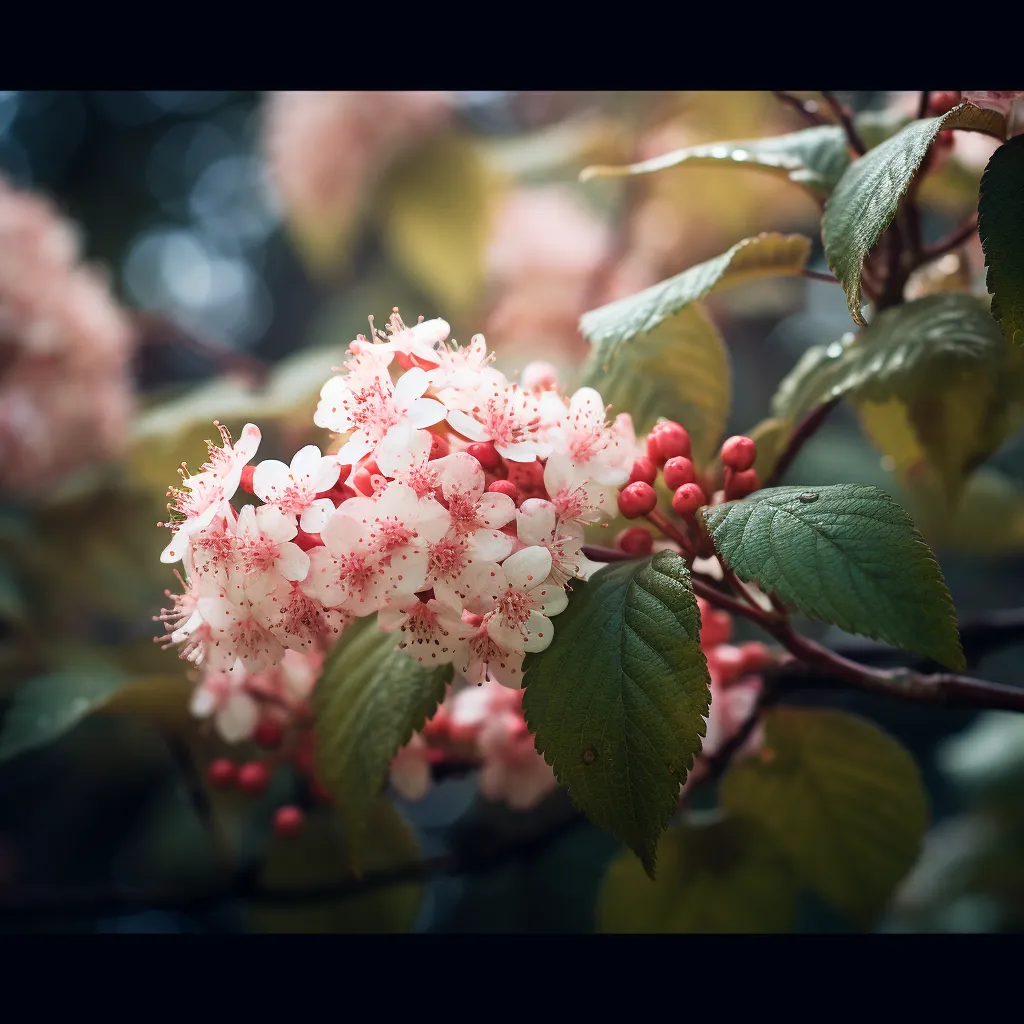Story of Day :
Contents
Viburnum farreri (Farrer Viburnum) Plant Care Tips
If you’re a garden enthusiast looking to add some color and fragrance to your outdoor space, then Viburnum farreri, commonly known as Farrer Viburnum, is the perfect plant for you.
With its beautiful pink or white flowers and delightful scent, this shrub has become a favorite among gardeners.
In this article, we will provide you with some essential care tips to ensure that your Viburnum farreri thrives.
Planting Location
The first step in ensuring the success of any plant is selecting the right planting location.
When it comes to Viburnum farreri, it prefers full sun or partial shade.
Choose a spot in your garden that receives at least 6 hours of direct sunlight each day but is also protected from harsh afternoon sun.
It’s important to note that Farrer viburnums are not particularly picky about soil type.
They can grow in acidic or alkaline soil as long as it is well-drained.
However, adding organic matter such as compost or well-rotted manure before planting will help improve soil structure and fertility.
Watering
Viburnums generally have moderate water requirements once established but need regular watering during their initial growth period.
After planting your Farrer viburnum, make sure to water it thoroughly and keep the soil consistently moist until roots are established – around 8-12 weeks.
In subsequent years, regular watering during dry spells is sufficient for maintaining optimal growth and flowering.
Aim for one inch of water per week through rainfall or irrigation.
Fertilization
Fertilizing your Viburnum farreri annually will help promote healthy growth and abundant flowering.
Apply a balanced slow-release fertilizer in early spring before new growth begins.
Follow the manufacturer’s instructions for application rates.
If you prefer organic options, you can use compost or well-rotted manure instead of synthetic fertilizers.
These organic materials will nourish the soil over time, providing essential nutrients to your Viburnum farreri.

Pruning
Regular pruning is not necessary for Viburnum farreri, but it can help maintain its shape and size if desired.
The best time to prune is immediately after flowering in late winter or early spring.
Start by removing any dead or damaged branches.
Then, selectively thin out crowded areas to improve air circulation within the plant.
This will reduce the risk of diseases such as powdery mildew and promote healthier foliage growth.
Pest and Disease Control
Viburnum farreri is generally a hardy shrub with few serious pest or disease problems.
However, it can occasionally be susceptible to aphids and scale insects.
If you notice an infestation, try using insecticidal soap or horticultural oil spray to control these pests effectively without harming beneficial insects like bees and butterflies that may visit your garden.
Winter Protection
Viburnum farreri is known for its ability to withstand cold temperatures (-20°F/-29°C) but providing some winter protection during severe weather conditions can help prevent damage to buds and branches.
You can mulch around the base of the plant with a layer of straw or wood chips before winter sets in.
This will insulate the roots from extreme temperature fluctuations while also helping conserve moisture during dry periods.
In Conclusion
- Choose a planting location that receives at least 6 hours of direct sunlight each day.
- Provide regular watering during the initial growth period and maintain consistent moisture thereafter.
- Fertilize annually with a balanced slow-release fertilizer or organic alternatives like compost or well-rotted manure.
- Prune immediately after flowering to maintain shape and improve air circulation within the plant.
- Monitor for pest infestations and use environmentally friendly methods for control, such as insecticidal soap or horticultural oil spray.
- Mulch around the base of the plant before winter to provide insulation and moisture conservation.

By following these care tips, your Viburnum farreri will reward you with its stunning flowers and delightful fragrance year after year.
So go ahead, add this beautiful shrub to your garden, and enjoy the beauty it brings!</p